A leaking roof during heavy rain signifies potential underlying issues and is not considered normal. While light showers may not expose problems, intense rainfall can reveal vulnerabilities in your roof’s structure or materials. A properly installed and maintained roof should effectively safeguard your home against moisture intrusion, even during the heaviest downpours.
Roofs are most susceptible to leaks in areas with penetrations or transitions within the roofing profile.
These critical locations include spots around chimneys, vents, skylights, and intersections where different roof planes converge. Additionally, damages such as missing tiles, clogged gutters, and deteriorated flashing can contribute to leaks.
Age is a significant factor, as older roofs are generally more prone to allowing moisture infiltration.
Recognizing the signs of a leaky roof is essential for early detection and prevention of further damage. Watch for water stains on ceilings and walls, peeling paint, or damp spots within the roof cavity. These indicators can help you address leaks before they escalate into costly repairs.
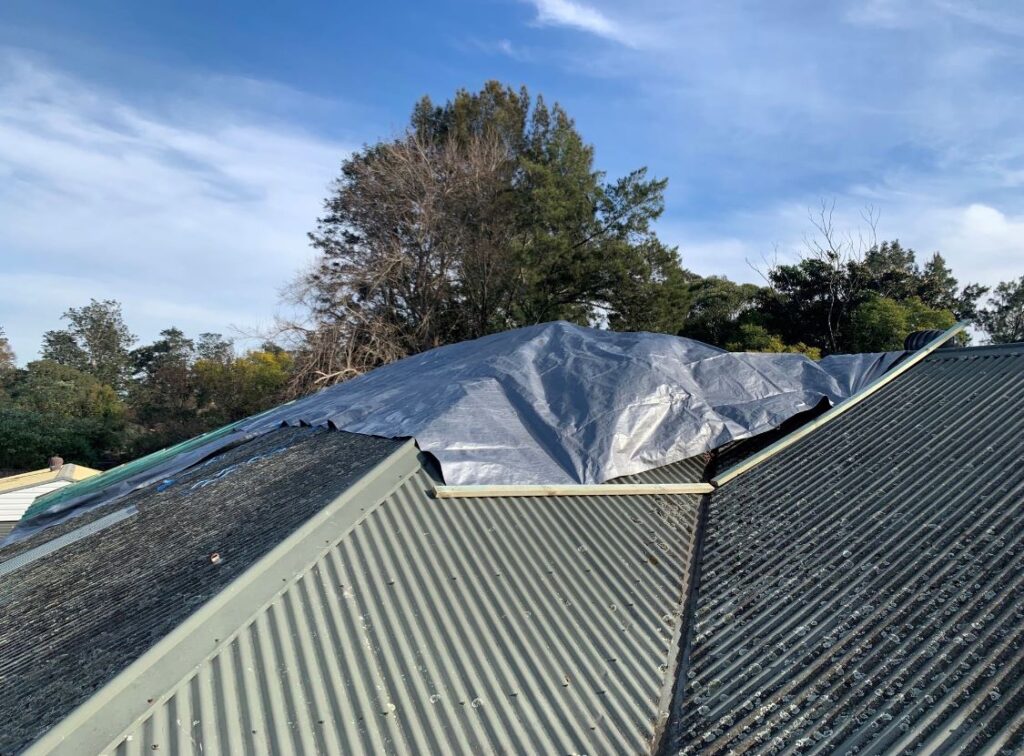
Identifying the Causes and Implications of Roof Leaks
Understanding the causes of roof leaks is crucial for homeowners. These leaks can lead to significant damage and incur high repair costs. It is vital to recognize why roofs leak and how heavy rain exacerbates these issues.
Key Factors Contributing to Leaks in Tile Roofs
- Damaged or Missing Tiles: Tile roofs are especially susceptible to damage from strong winds or falling branches. When tiles become dislodged, they create gaps that allow water to penetrate the roof.
- Cracked Roof Tiles: Aging, foot traffic, or impacts can cause cracks in roof tiles. Even minor cracks can permit water intrusion, potentially resulting in leaks inside the home.
- Flashing Problems: Effective waterproofing relies on flashing around roof joints and fixtures. On tile roofs, improperly installed or deteriorated flashing can create openings for water to enter.
- Blocked Gutters: Debris such as leaves and twigs can obstruct gutters, leading to water overflow and backup under the roof’s edges. This issue is particularly problematic for tile roofs, where water may seep through gaps between the tiles.
Key Factors Contributing to Leaks in Metal Roofs
- Loose or Missing Fasteners: Metal roofs are secured by screws or fasteners. If these become loose or are dislodged, they can create openings for water to penetrate.
- Rust and Corrosion: Over time, metal roofing can develop rust, especially in coastal areas or if routine maintenance is neglected. Rust weakens the roofing material and can lead to small holes or compromised flashing.
- Flashing Failures: Flashing on metal roofs seals the edges and joints. If flashing becomes loose, corroded, or improperly installed, it can create pathways for water seepage.
- Blocked Gutters: Just like tile roofs, blocked gutters can cause water to back up and overflow. On metal roofs, this pooling water may settle near seams or fasteners, elevating the risk of leaks.
By addressing these common issues, homeowners can maintain their tile or metal roofs in optimal condition and prevent expensive water damage.
Understanding the Effects of Heavy Rain on Roof Durability
Heavy rainfall exerts additional stress on roofs, often revealing weak spots that may not leak during light showers. The accumulation of pooling water can strain the roof's structural integrity, posing a serious risk, particularly for flat or low-slope roofs. Excessive water can lead to sagging or even structural collapse.
During storms, wind-driven rain can force water underneath shingles, causing leaks even if the tiles appear intact from the ground. Additionally, heavy rainfall can lead to rapid overflow of gutters, directing water down walls or into the home through the roof's edge.
Prolonged periods of rain can saturate small holes or cracks. Areas that remain damp can begin to rot, exacerbating the problem over time and leading to more extensive damage.
Recognizing Common Vulnerability Points for Roof Leaks
Roofs have several vulnerability points where leaks frequently occur during heavy rain. Knowing what to inspect can help you proactively address potential issues and prevent water from infiltrating your home.
Monitoring Roof Valleys and Junctions for Leaks
Roof valleys, where two slopes converge, are critical areas to monitor. These V-shaped channels manage a substantial amount of water during rainfall, making them particularly susceptible to leaks. Proper flashing and sealing are essential to prevent water from infiltrating these vulnerable areas.
Likewise, junctions where different roof sections connect often develop gaps or weak points over time. Thorough sealing and attention are required during both construction and maintenance to ensure these areas remain watertight.
Key Inspection Areas for Tile Roofs
While tile roofs are known for their durability and aesthetic appeal, they do have specific vulnerabilities. Tiles can crack, shift, or become dislodged, exposing the underlayment to moisture. Older or poorly maintained tile roofs may also experience weakened pointing (the mortar securing ridge tiles).
Important Areas to Inspect:
- Cracked or broken tiles that expose the roof deck
- Missing tiles, especially in valleys or along ridges
- Debris accumulation in valleys that may obstruct water flow
- Worn or missing pointing on ridge tiles
Maintaining the tiles in good condition is crucial for ensuring the roof remains watertight, as even minor cracks can allow water to penetrate during heavy downpours.
Key Inspection Areas for Metal Roofs
Metal roofs are praised for their durability and weather resistance, yet they are not immune to leaks. Over time, screws can loosen, seals can degrade, and metal sheets can develop rust or holes.
Important Areas to Inspect:
- Loose or missing screws and fasteners
- Corrosion or rust, particularly near fasteners or overlaps
- Worn or cracked sealant around penetrations like vents or skylights
- Damage to roof sheets, including dents or punctures caused by hail
Metal roofs also rely on proper overlaps and sealing to prevent water from seeping through joints or seams. Ensuring these areas remain in good condition is vital for maintaining a watertight roof.

Inspecting Chimneys and Vent Flashings for Potential Leaks
Chimneys and vents are common sources of roof leaks due to the openings they create, which must be sealed correctly. Over time, the flashing and seals surrounding these features can deteriorate, leaving your roof exposed to water damage.
Conducting regular inspections and maintenance is essential for keeping these areas watertight, whether your roof is tile or metal.
Inspection Checklist for Tile Roofs:
- Cracked or missing tiles around the chimney base
- Loose or degraded mortar at the flashing edges
- Debris accumulation in valleys near the chimney that may trap water
- Flashing that has become detached or shows signs of corrosion
Inspection Checklist for Metal Roofs:
- Rusted or damaged metal flashing around the chimney
- Improperly sealed flashing overlaps or joints
- Fasteners that have come loose or deteriorated over time
- Gaps where the chimney meets the roof panel
Vent pipes are another potential weak point in your roof's defense against water. These pipes are sealed with rubber boots, which create a snug fit where the pipes penetrate the roof. Over time, these boots can crack, tear, or wear out, particularly due to exposure to sunlight and temperature fluctuations.
.slider-info-414.bafg-slider-info .bafg-slider-title {
font-size: 22px;
}
.slider-info-414.bafg-slider-info .bafg-slider-description {
}
.slider-info-414.bafg-slider-info .bafg_slider_readmore_button {
text-align: center;
}
.slider-info-414.bafg-slider-info .bafg_slider_readmore_button:hover {
}
.slider-414 .twentytwenty-overlay:hover {
background-color: rgba(0, 0, 0, 0.5);
}
Protecting Eaves and Edge Details from Water Damage
The edges of your roof, particularly eaves and fascia boards, are critical areas for potential leaks. If gutters aren’t draining effectively, these components can rot, allowing water to infiltrate under your roofing materials.
Proper drip edge flashing is essential along roof edges. It directs water into the gutters and prevents it from reaching vulnerable wooden structures.
To safeguard eaves and edges:
- Keep gutters clean and free of debris
- Regularly check for rotting fascia boards and replace them as necessary
- Ensure that drip edge flashing is intact and functioning properly
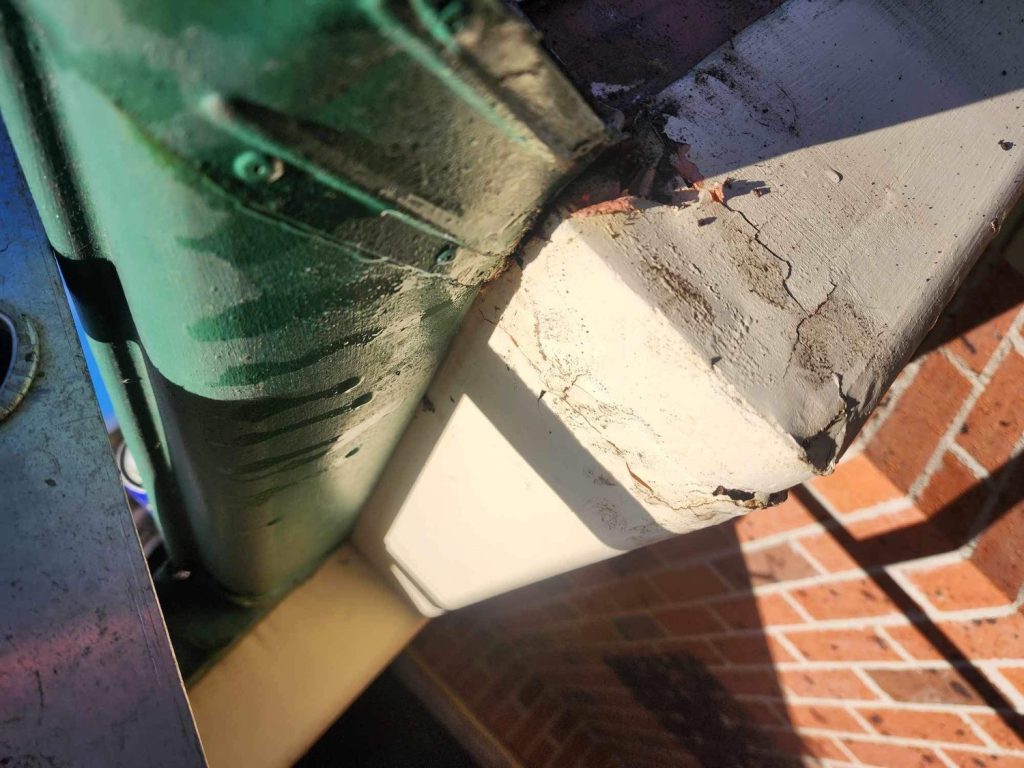
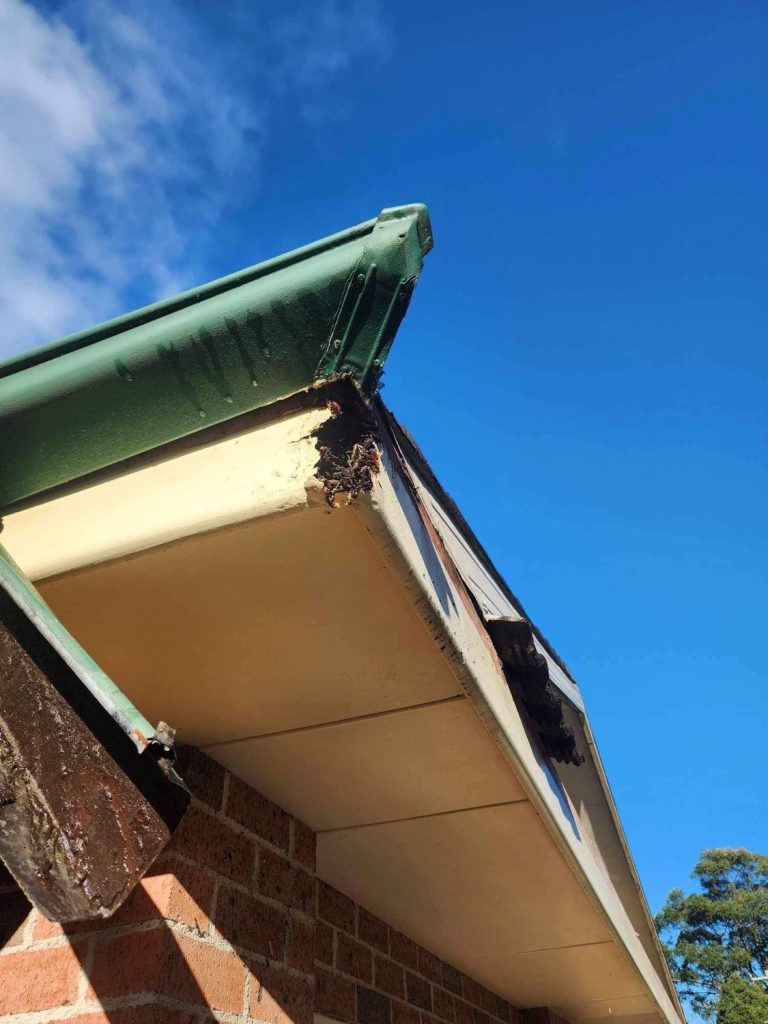
Implementing Preventive Measures and Regular Roof Maintenance
Routine roof maintenance can effectively prevent leaks before they occur. It is advisable to conduct thorough inspections at least twice a year, ideally during autumn and spring.
- Regularly clean gutters and downpipes to prevent water backup that may infiltrate your roof tiles or sheets.
- Consider increasing gutter size or adding additional downpipes to improve drainage efficiency.
- Inspect for cracked, loose, or missing tiles and promptly repair or replace them to maintain a watertight seal.
- Check metal roofs for rust and loose screws, treating rusty spots with paint and tightening any loose fasteners.
- Trim tree branches that overhang your roof, as they can scratch and damage roofing materials during storms.
- Ensure proper ventilation within your roof space to prevent moisture buildup that can lead to rot and leaks.
- Apply sealant to joints and flashings every few years to maintain a watertight seal.
- After significant storms, perform a quick roof inspection to identify any new damage or loose components that require attention.
If you are unsure about what to look for, consider consulting a professional. They can identify issues you might overlook and provide guidance on maintenance.
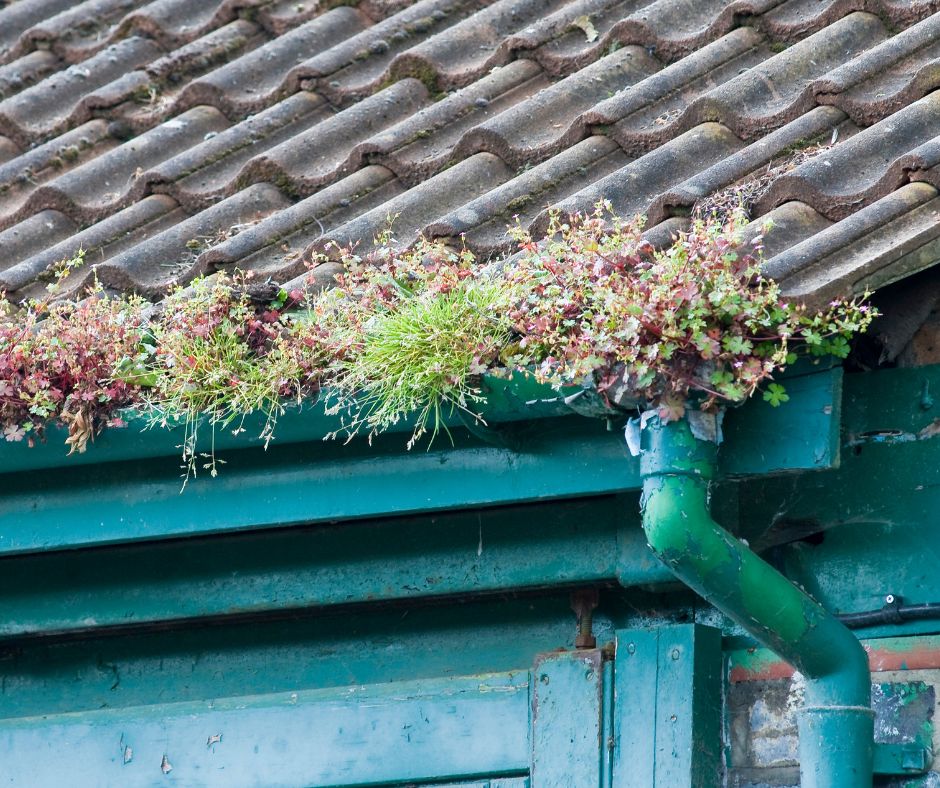
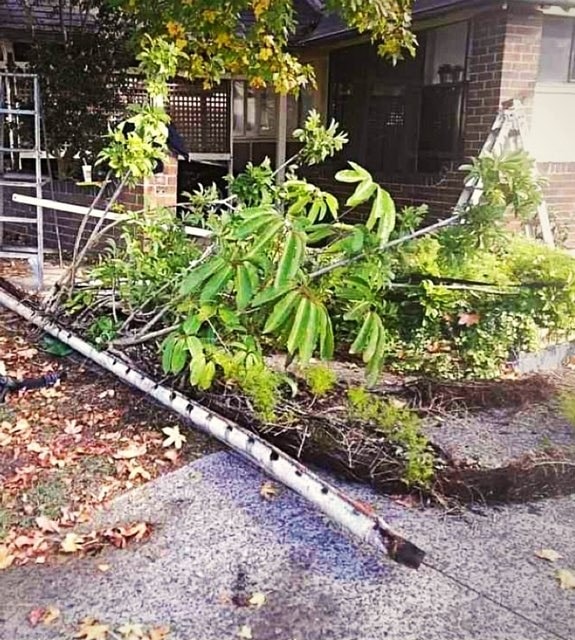
Connect with Local Roofing Experts for Quality Care
AWS Roofing is your trusted local expert in the Central Coast area.
If your roof is persistently leaking or has sustained damage, reach out to our friendly team for a comprehensive roof inspection.
Essential FAQs about Roof Leaks and Their Solutions
Dealing with roof leaks can be challenging, but understanding their causes and solutions can simplify the process. Here are some essential insights regarding leaks, prevention, and repair strategies.
How can I accurately determine the source of a roof leak?
Begin by checking for water stains or discolored patches on ceilings and walls. Examine the attic or roof cavity during daylight to see if any sunlight is penetrating through. You can also use a hose to spray various roof sections while someone observes inside. Start at lower areas and work your way upward, marking wet spots to identify the entry point.
What proactive measures should be taken to prevent roof leaks during heavy rainfall?
Regularly clean gutters and downpipes to ensure proper drainage. Trim any overhanging tree branches that may pose a risk. Replace cracked or missing tiles and shingles promptly. Inspect and reseal flashing around chimneys and vents to maintain integrity. Consider applying a waterproof coating to the roof surface, and have a professional conduct an annual inspection of your roof.
What are common reasons for intermittent roof leaks?
Intermittent leaks can arise from small cracks that only allow water during heavy rainfall. Ice dams forming at the roof edge during winter can also cause issues. Wind-driven rain may get under loose shingles, and poorly sealed valleys where roof slopes converge can contribute as well. Additionally, clogged
Comments are closed

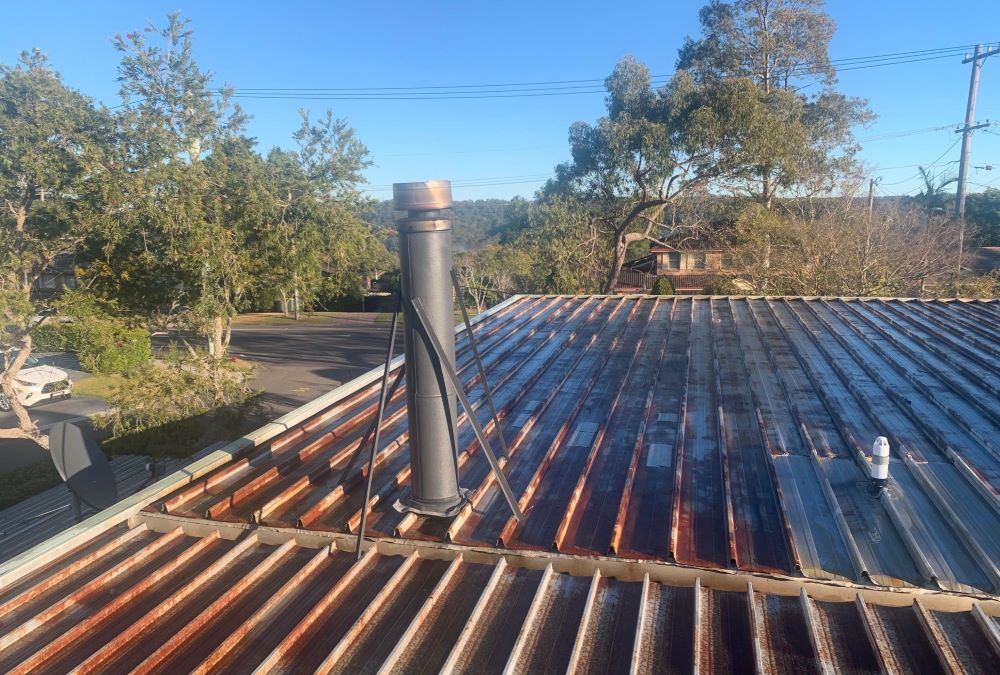
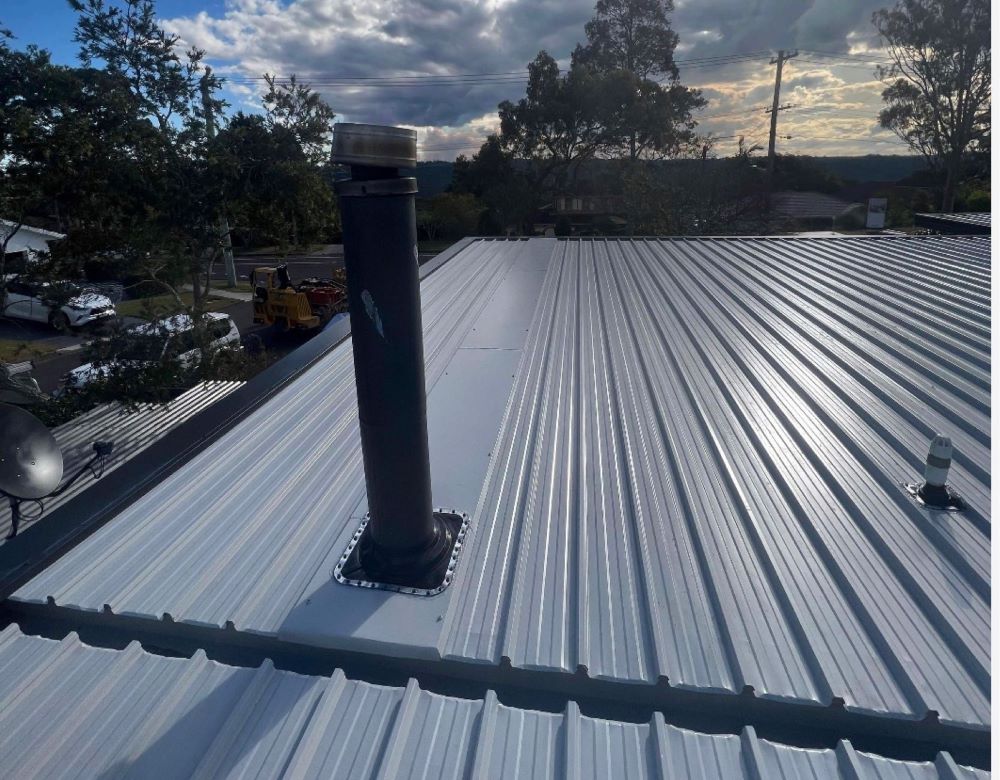
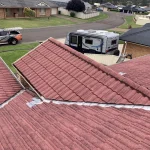

It’s interesting how something as seemingly simple as a roof can have such a profound impact on our homes and well-being. We had a minor leak during a recent storm, and it turned into a bit of a wake-up call about our roof’s condition. It’s amazing how often we overlook these critical areas until a sudden downpour reveals underlying issues.
You raise a critical point about the importance of roof maintenance, especially in the face of severe weather. I’ve experienced firsthand how even minor leaks can lead to significant damage if not addressed promptly. A few years ago, I ignored a small stain on my ceiling, thinking it was just a cosmetic issue. When heavy rains hit, it quickly turned into a much larger problem, resulting in costly repairs and the need for a full roof inspection.
You’ve hit the nail on the head with that experience. It’s crazy how something that seems small at first can really snowball into a big issue down the line. I think a lot of us underestimate how important it is to keep an eye on those little signs, like a stain or a drip. It’s easy to brush them aside when life gets busy.
It’s interesting how much we often take our roofs for granted until something goes wrong. I remember the first time I noticed a small drip during a storm—it seemed minor at the time, but it turned into a bigger issue than I anticipated. Once we investigated, it turned out the flashing around our chimney was compromised, which really opened my eyes to how crucial these areas are for the overall integrity of our homes.
I completely relate to your experience with the roof. It’s funny how we often overlook these crucial parts of our homes until they cause us grief. That small drip seems so benign at first, but it really highlights how interconnected everything in our homes is.
It’s intriguing how often we overlook the critical role a roof plays in protecting our homes, don’t you think? The insights you provide regarding the vulnerability of roofs during heavy rain resonate deeply, especially considering the varied climates we face. Like many homeowners, I have experienced firsthand the stress of dealing with unexpected leaks during torrential downpours, which prompted me to delve further into this subject.
I completely get where you’re coming from. It’s fascinating—roofs are one of those features that often get taken for granted until something goes wrong. I can relate to the stress of unexpected leaks, too. During one particularly heavy rainstorm, I suddenly found myself scrambling to contain a growing puddle in my living room. It definitely made me rethink the importance of regular roof inspections and maintenance.
You’ve highlighted some crucial aspects of roof maintenance that often get overlooked until it’s too late. I recall a time when a sudden, heavy rain exposed a leak in my roof that I had been blissfully unaware of. It turned out that the flashing around my chimney was inadequate, which, as you mentioned, is one of those critical areas susceptible to leakage. The experience really opened my eyes to how vital regular inspections are, especially after harsh weather events.
This reflection on roof maintenance and the significance of addressing leaks is quite pertinent. I often find myself thinking about how our homes, much like our bodies, require regular check-ups and maintenance to ensure they remain resilient against the inevitable wear and tear of time and the elements. Just as we might overlook subtle signs of fatigue in our health, we can also miss early indicators of trouble in our living environments, such as those water stains you mentioned.
I appreciate how you’ve highlighted the critical areas where roofs are most vulnerable during heavy rain. It’s fascinating how something as seemingly simple as a roof can have so many complex factors at play.
I appreciate this deep dive into the intricacies of roof integrity, especially since it’s an area that often seems to get overlooked until there’s a problem — usually when it’s too late. Reflecting on your points, I’ve had my fair share of roof troubles, and it’s always been in those specific trouble spots you mentioned, like the areas around chimneys and vents. I never realized how crucial those transitions are until I found myself scrambling to catch drips during a heavy storm because I’d ignored the warning signs for too long.
Ah, the dreaded leaky roof! It’s like the universe’s way of saying, “Hey, remember that DIY job you did five years ago? Surprise!” I had a similar experience during a storm last summer—turned my living room into an impromptu water park. Turns out, all it took was a few missing shingles and an overzealous garden hose on the chimney. Who knew roofs had so many “critical locations”?
Leaky roofs can be quite the wake-up call, can’t they? It’s funny how little things can snowball into major projects. Those missing shingles and a rogue garden hose are like a well-coordinated double act—performing right when we least expect it. I can almost picture you navigating through your living room water park; it sounds like quite the adventure wrapped in chaos.
You’ve raised some really important points about the vulnerabilities our roofs face, especially during intense weather conditions. I can relate to this firsthand; my home experienced a minor leak after some heavy storms last year, and it was a real wake-up call. It highlighted how crucial regular maintenance and timely inspections are, particularly around those critical areas you mentioned, like skylights and vents.
It’s interesting that you mention the vulnerabilities around roof transitions and penetrations, as this seems to echo the broader theme of how structural integrity directly impacts overall home resilience. From my experience, I’ve noticed that many homeowners often overlook these critical points, assuming a roof is ‘set it and forget it’ after installation. While preventative maintenance is essential, I wonder how much emphasis is put on educating homeowners about the specific risks associated with features like chimneys or skylights.
Your insights on the significance of a leaking roof resonate deeply, especially when considering the long-term implications for homeowners. I’ve encountered situations where seemingly minor leaks developed into costly repairs due to neglecting early warning signs—like water stains or peeling paint.
I appreciate your perspective on the impact of leaking roofs. It’s interesting how what starts as a small issue can escalate if left unattended. Those early signs, like water stains or peeling paint, often serve as a friendly nudge to take action. I’ve seen homeowners who acted quickly save a lot of time and money.
Your insights about the vulnerabilities of roofs during heavy rain really resonate with me. It’s fascinating to think about how something as critical as shelter can often go overlooked in terms of regular maintenance and care. I’ve personally experienced the anxiety that comes with a leaky roof; one summer storm exposed a long-neglected issue that I had dismissed. It started with a few drips during an intense downpour, but it escalated quickly into significant damage that required not just repairs to the roof, but also to the interior of my home.
Ah, the age-old battle with leaky roofs – a saga as classic as dinner table debates about pineapple on pizza! I can totally relate to the unexpected water feature in your living room after a particularly aggressive rainstorm. There’s nothing like sipping your morning coffee while watching a drip-drip-drip rhythm that was not part of the renovation plans.
I really resonate with your insights on roof maintenance, especially since I learned this lesson the hard way a few years back. After a particularly heavy storm, I noticed some water stains creeping down my walls, and it turned out to be a much bigger problem than I anticipated. It highlights how easily we can overlook the importance of regular roof inspections.
It’s interesting how something as seemingly simple as a roof can hold so many complexities! I’ve always been fascinated by the engineering behind roofing systems. It really emphasizes the importance of regular maintenance—I’ve learned the hard way that ignoring minor issues can lead to significant problems later on. Just a couple of years ago, I noticed a small water stain and, despite thinking it was nothing major, it ended up being a leak that exposed some serious structural concerns.